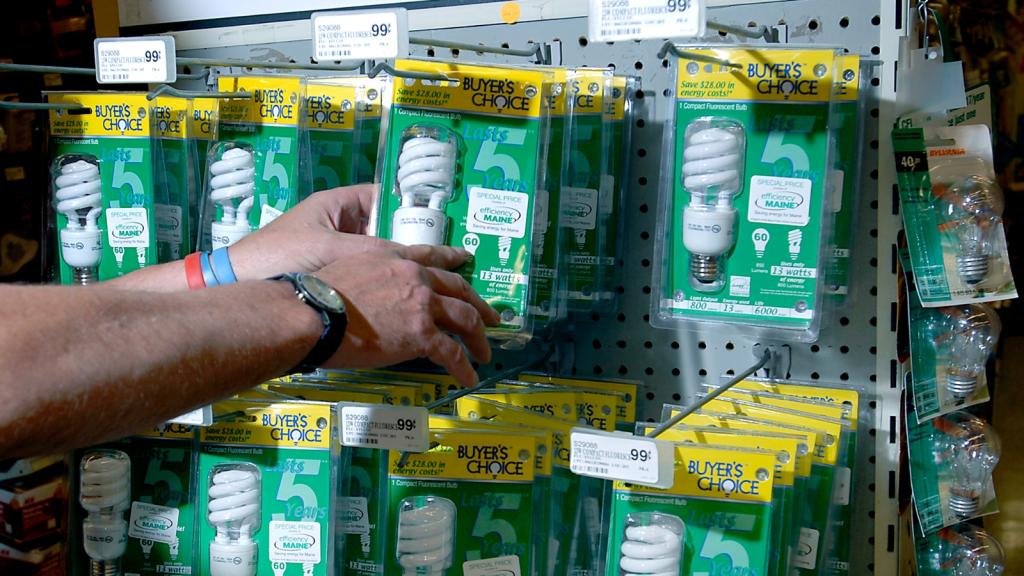“Honda’s striking, amazing hydrogen fuel-cell vehicle may be the most expensive, advanced and impractical car ever built.”
So writes Dan Neil, the L. A. Times car guy in “Honda FCX Clarity: Beauty for beauty’s sake” (see here, vehicle details here).
You will never buy a hydrogen car. And I say that mostly because I know that in the unlikely event a major car company actually ever tries to sell you one, you are just way too smart to bite or even nibble. And I say that not because you read ClimateProgress, but because you are breathing at all. Hydrogen cars are simply too impractical.
It is time for President Obama and Energy Secretary Chu to drastically scale back the federal hydrogen fuel-cell vehicle program, to a small basic research program focused on long-term breakthroughs in hydrogen storage, fuel cells, and renewable hydrogen. This could free up some $1 billion in Obama’s first term alone for more important R&D and more urgent deployment efforts (see here).
The hydrogen emperor has no clothes. This isn’t news overseas. Nor is it news that the Honda FCX is a lemon, tangible proof of the futility of pursuing the commercialization of hydrogen cars (see here).
But it is a big deal to see the car guy of the L.A. Times — in the home state of many of the last remaining hydrogen diehards, the state that had until recently seriously entertained building a “hydrogen highway” — dismantle the vehicle in his review, so I’ll reprint it below:
I’ve driven lots of cars. I’ve wallowed like a Russian oligarch pig in the gorgeous mud of a $1.6-million Bugatti Veyron. I’ve spit tailpipe fire across the midnight Mojave at the wheel of a Lamborghini. I’ve brushed gape-mouthed peasants aside with the chrome cowcatcher grille of a Rolls Royce Phantom.
Yet I have never driven a car half as advanced, as futuristic, as blind-with-science as the Honda FCX Clarity hydrogen fuel-cell vehicle.
Nor one so expensive. More on that in a moment.
But first, let’s get this out of the way: Hydrogen fuel-cell technology won’t work in cars. It’s a tragic cul-de-sac in the search for sustainable mobility, being used to game the California Air Resources Board’s rules requiring carmakers to build zero-emission vehicles. Any way you look at it, hydrogen is a lousy way to move cars.
Face it: Fuel-cell technology has been eclipsed by vastly cheaper, here-now advances in batteries and plug-in electric vehicles. To knit together even the barest network of H2 refueling stations would cost billions. And, in any case, the fuel itself, whether produced by cracking natural gas or hydrolyzing water (consult your freshman chemistry texts), represents a horrible energy return on investment.
Some illustrative math: It takes about 60 kilowatt-hours of electricity to gin a kilogram of hydrogen from water. The FCX Clarity’s tank holds about 4 kilograms of H2 and that gives it a range of about 270 miles on 240 kWhs.
The all-electric Tesla Roadster has a 53-kWh lithium-ion battery and a range of 220 miles. So the Tesla’s per-mile costs in electricity are roughly one-quarter what they are in the FCX Clarity.
Should hydrogen partisans care to debate these questions — and go down like Zeros over the Mariana Islands — I’ll meet you on the field on honor. Calculators at dawn.
If any other company but Honda trotted this thing out, I’d barf with skepticism. But Honda is dead earnest about hydrogen, and it is only its relentless, year-after-year improvement in this technology, and the extraordinary treasure Honda throws at it, that makes me think that the company knows something I don’t — well, that and the army of PhDs at its command.
Yet as I see it, there are only two reasons to build the car. First, major manufacturers must begin complying with California’s mandate that each sell 7,500 zero-emission vehicles between 2012 and 2014. Fuel-cell vehicles get extra points in meeting this quota.
Of the 200 FCX Claritys Honda intends to build, it will lease almost all of them in Southern California. (Interested customers can apply for a lease online at www.fcx.honda.com.)
The carmaker won’t say what the program cost for the vehicle is, but I estimate about $400 million, which pencils out to $2 million per vehicle. That makes my four-door test car the most valuable automobile I’ve ever driven by a margin of about one whole Ferrari 430.
The second reason Honda might have had for building the FCX Clarity: Nothing invested in this project goes to waste. The car’s state-of-the-art fuel cell can be amortized in Honda’s portable power generation division (the company makes awesome generators). And since a fuel-cell vehicle is essentially an electric vehicle with a hydrogen heart, all the technology — the glossy aerodynamics; the powerful, quiet and compact 100 kW (134 hp) electric motor; the new space-saving coaxial gearbox — can be rolled into future electric and plug-in electric projects.
Perhaps obscured by questions of practicality and cost is the fact — and it is a fact — that the FCX Clarity is the most beautiful car to ever wear the big H on the nose. It’s just gorgeous, a big garnet-red teardrop falling from the cheek of the future, a sweet stanza of robot-written poetry.
The reason the FCX Clarity could take such a compelling shape is that it didn’t have to be molded around the big, immovable lumps of a conventional sedan. There’s no gas engine up front, so the cabin could extend dramatically forward like a mid-engine car. The large and steeply raked windshield falls away from the driver, and the roof-supporting A-pillars are exceptionally thin. The result is a wonderful cab-forward view, a panorama you won’t see anywhere else but on the back of a motorcycle.
Likewise, with the small fuel cell stack (about the size of a desktop PC) situated between the front seats, and the lithium-ion battery and hydrogen tank stuffed over the rear axle, the car’s cabin has room to stretch out. The FCX Clarity is huge on the inside, like Lincoln-Town-Car huge, and the trunk is a spacious 11 cubic feet. The whole is encapsulated in singlet of wind-swept modernism.
To underscore the car’s eco-friendly mission, Honda uses petroleum-free resins and bio-based fabrics to construct the interior, and it really is wonderful stuff. Rich textures abound, including a tasteful wainscoting of walnut on the dash and doors. God only knows what all this costs. When I think about all the tooling used to build a mere 200 cars, I feel faint.
The other bewitching thing about the FCX Clarity is the instrument panel. The 3-D display centers on an animated ball. When you are driving efficiently, with gradual acceleration and long coast-downs to recharge the battery, the ball is small and blue and happy. When you start horsing around, the ball gets big and yellow and angry, as if to say: You’re wasting hydrogen, stupid. Do you even know what hydrogen costs?
How does the FCX Clarity drive? Exactly as you’d expect an electric Honda Accord to: eerily smooth, flawless in operation, confident and lively. The whack-bang of a
n internal-combustion engine, with the myriad second-order vibrations and gear whine, is supplanted by the ghostly murmurings of distant electrons, and so the gestalt of the car is serene, even tranquilizing.Behold, the grand and lovely futility of the FCX Clarity. It’s hard to scold something so wonderful, so I won’t. Just bring me one that I can plug in.
This post was created for ClimateProgress.org, a project of the Center for American Progress Action Fund.

